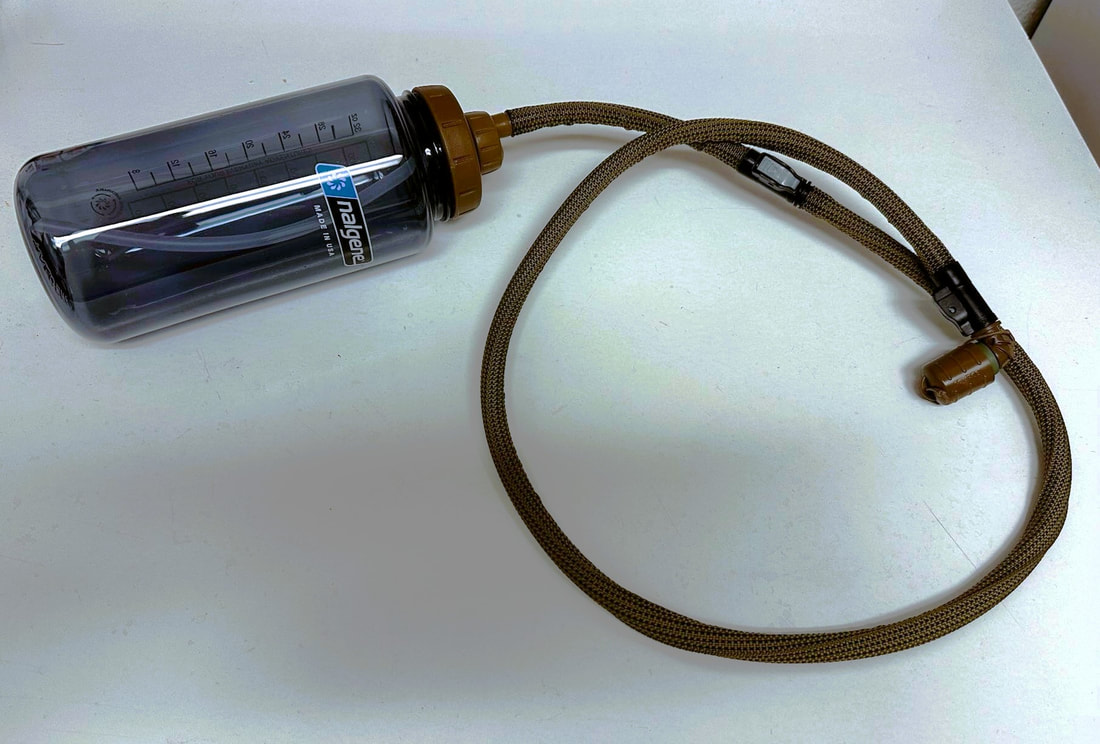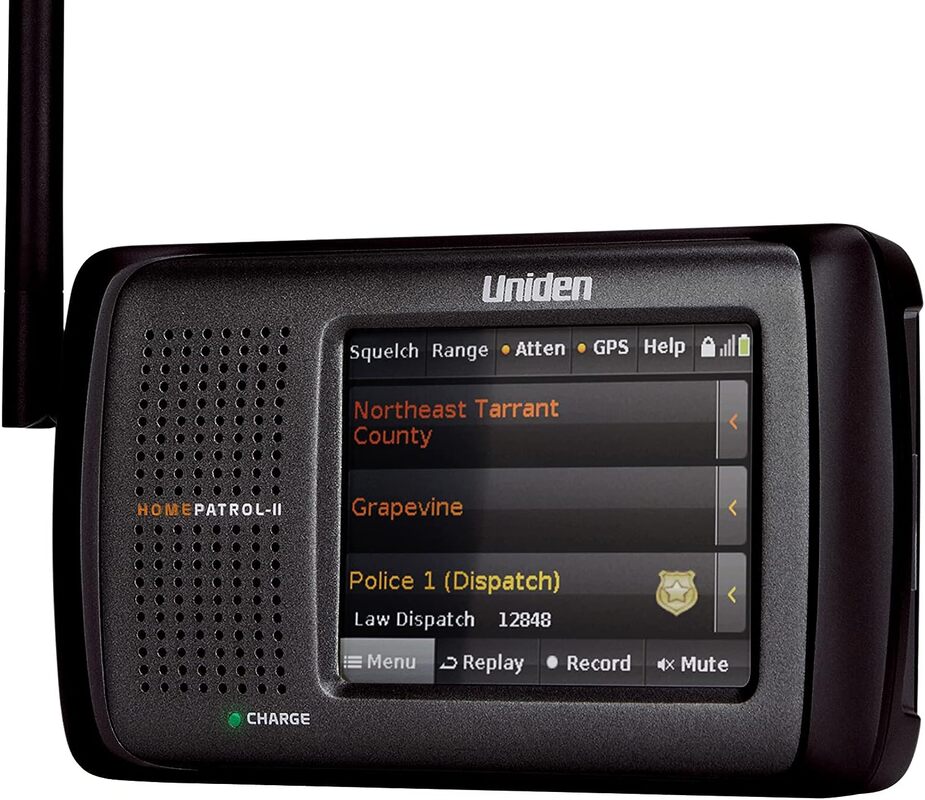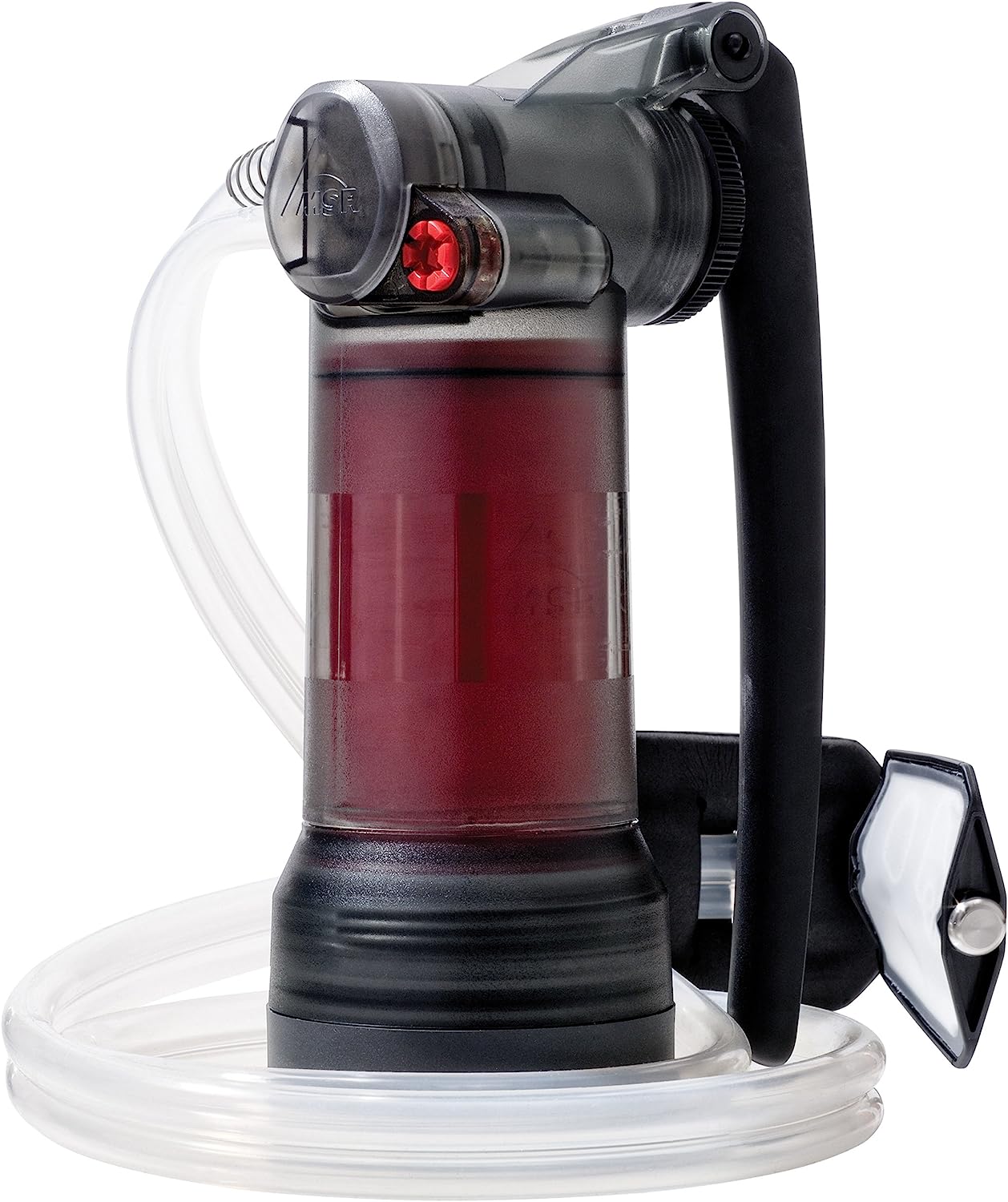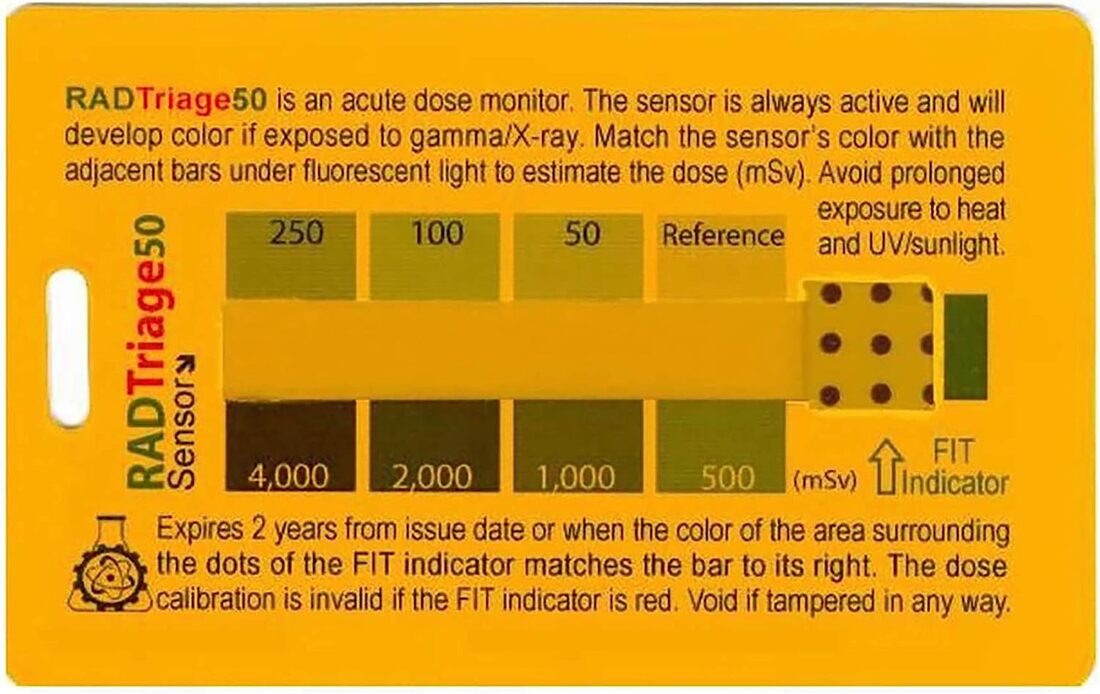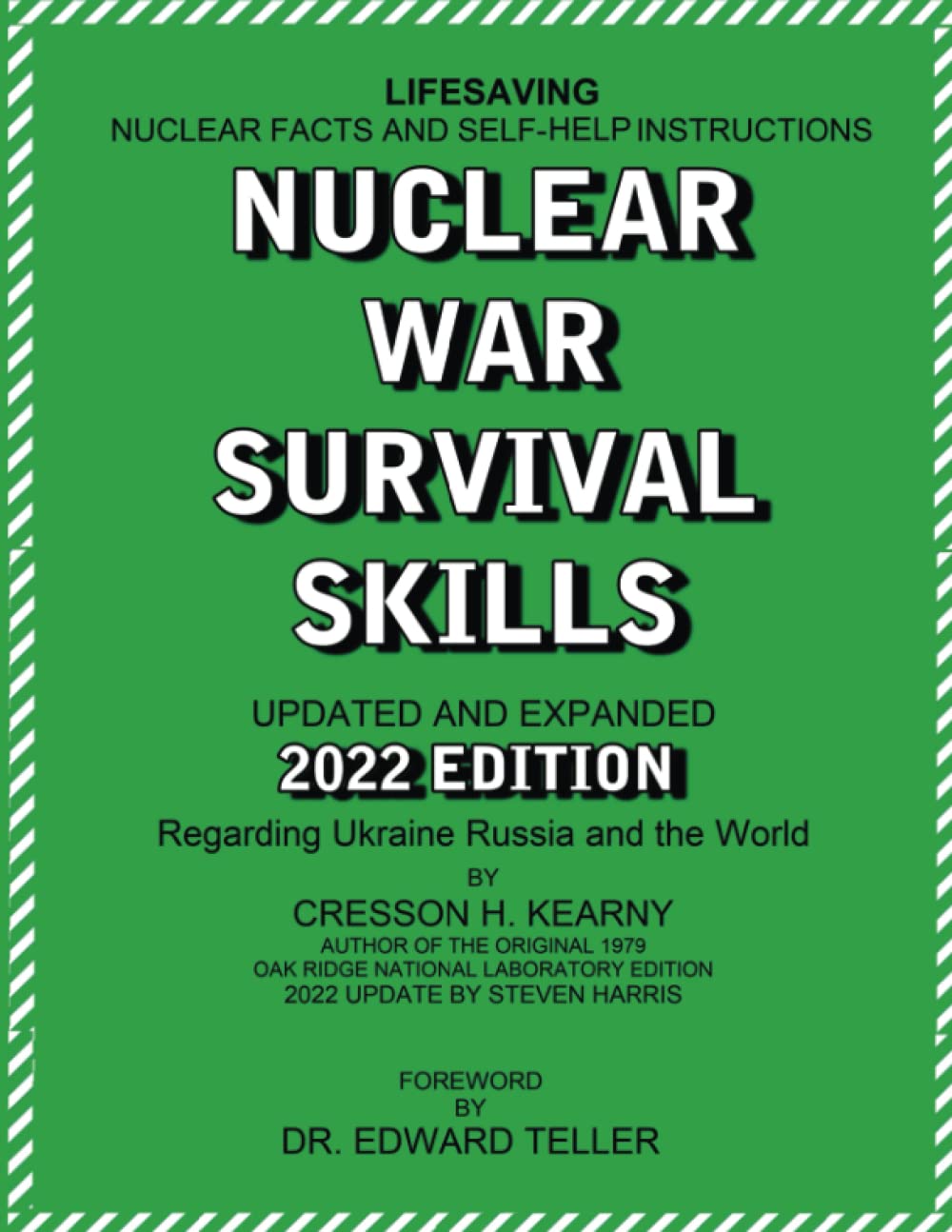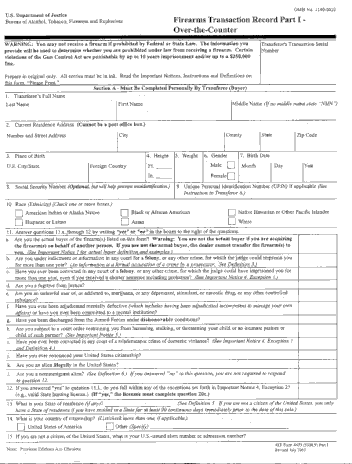 Few people know that the United States already had gun registration, but because of one of the few true victories of the NRA, that registry was stuck in the 1970s. Millions of records were held on paper and microfilm in a fenced and guarded building on the grounds of a VA facility in Martinsburg, West Virginia. It held the records of every gun dealer (FFL) in the country who had gone out of business, retired, or simply no longer wanted to store the forms. Federal law prohibited a digital gun registration database, so all gun tracing had to be done manually, which was incredibly time consuming considering the volumes of paper records that had to be flipped through and the microfilms that had to be read. Decades ago no one would have complained but since the 1990s ATF officials had been quietly nudging “somebody” to “do something.” Trace requests came to the National Tracing Center (NTC) in from all over the country and the world. Many of the requested were routine law enforcement queries. Murder weapons found at crime scenes were traced to try and identify the shooter. Staff would comb through the records like a page flipping through a card catalog to find out where a gun originated from and what others hands it might have been in, as long as it went through a dealer. To accommodate all the requests, the ATF had a bunch of old ladies who were into genealogy working out of West Virginia warehouse working these ancient microfilm machines because younger people these days thought they were props from the original Star Trek series. The best job qualification for the civilian staff was “librarian.” This analog collection of files was a lot of trouble and the powers that be at the NTC were finally rejoicing at finally completing the puzzle. In the year 202X, a bipartisan Congress, well a couple of squishy GOP crossovers and the Democrats, finally modernized America’s gun registry and brought it into the digital age. The Firearm Acquisition, Sale, or Transfer Security Audit Filing Enterprise (FAST-SAFE) Act was just what a growing ATF needed. When the project was complete, agents across the country could instantly identify and track the sale and transfer of a gun, the buyers, or the sellers. Law enforcement loved it because there would be no delay or waits. Detectives had visions of arresting suspects the same day based on gun traces. Dispatchers could run individuals through the database to see if they ever bought a gun and advise officers before they ever arrived. Digitalization, for all its benefits, would not be without its hurdles. Middle management’s consumption of antacids and anti-anxiety medication, the pill or liquid forms, skyrocketed in anticipation of the herculean task of scanning and data entry that was coming. The little old ladies were already stretched thin and now they needed who knows how many people to run the scanning machines. At least the FBI would handle the temporary employee’s background checks. Preparations were made as soon as the legislation was proposed. Advanced Optical Character Recognition (OCR) software had been written to scan the 4473 forms and translate the handwriting. Women who worked at the NTC told their friends and family to expect jobs to be posted. An ugly tilt-up building was placed on an empty lot in front of the VA water-tower and surrounded by an even uglier chainlink fence. West Virginia National Guardsmen had already been deployed outside the center at the VA complex because of threats to burn down the heavily secured building. The Act allowed the ATF to dispose of the paper records—it was dubbed a “paperwork reduction measure”—as long as they uploaded them to a secure database. All of the benefits were sold to the public and the news media dutifully reported it along. Who could say no to safer police officers and faster criminal investigations? Besides, millions of precious tax dollars would be saved! Everyone ignored the “gun nuts” who were saying it was a registration database and the gun control advocates got the media to simply hit on the paperwork reduction thing. They filmed a scene of the agent in charge of the warehouse tripping over a fallen stack of forms. That segued into a few minutes about the 1973 National Personnel Records Center fire that destroyed everyone’s grandfather’s military records. The morning the Act went into effect, the center was ready to go. Cart loads of microfilm and forms were wheeled across a rough asphalt path to the new building. Inside, it was a cold, drab affair where boxes were unpacked and forms fed into scanners in batches. These batches were verified for correctness, shredded, then stuffed into a trash compactor to be recycled. An average laborer’s day consisted of stuffing forms or film into a scanner, moving it to the “shred” pile, then swapping out with some hauling files from the old building. For the most part, files could be fed into a scanner which would send the file to a computer program. The program would then use Optical Character Recognition (OCR) of the most sophisticated variety to recognize the handwriting on the forms. It was the same type of software that the optical system at the post office used to decipher handwritten addresses, but vastly more powerful. The only human interaction would be checking forms that the computer flagged as difficult to read or possibly erroneous. Manually reading forms and entering each entry would make the task impossible. Using 100 of the sophisticated scanners, it was estimated that feeding the machines an unknown amount of forms would take up to two years. At least an additional 250 employees were hired to work two shifts, but the cost was well worth it. In eight months’ time, virtually every gun sold or transferred by a dealer in the last few decades would be in an instantly searchable database. Trucks from all over the country started to roll in. FedEx and UPS arranged special shipments directly from regional centers to West Virginia. Residents at the veteran’s home complained about the traffic that lasted from about five in the morning to ten at night. Physical therapy clinics in the area began seeing an uptick in carpal tunnel syndrome. Those weren’t the only “side effects.” Gun dealers around the country were getting arrested for non-compliance or destroying their records. The goal wasn’t to identify who owned what…yet. No, the guns probably changed hands too many times over the years. People died. It was estimated that crime guns changed hands too many times after two years for that kind of registration to really be useful. In fact, in earlier times all the center could really do was give an investigation into a gun’s origin a start. Field agents would have to track down the original buyer, anyone he might remember selling it to, and perhaps get lucky if the suspect bought it themselves. It was all a process that started with the idea of tracking what dealers broke their gentleman’s agreement with Colt and Thompson not to sell machine guns to gangsters. All tracing really did was identify what, if any, crimes were committed in transferring the gun into the hands of the criminal. One homicide cop compared it to tracking a DUI driver’s used car back down to the original car lot. What the FAST-SAFE Act did was give police and federal agents a way to identify gun owners. More software would compare various state and local databases to give the identified owners a notice that they were to comply with the new gun regulations. It was a veiled threat that the government knew they owned guns and had a pretty good idea of exactly what they owned. It was also a good way to start the tracking process of a privately sold gun, if the sellers kept a record of who they sold it to. By this tracking of transfers, maybe in another 30 years they would have a working real-time database of all the guns and their owners in the country. One could no longer simply claim that they had sold the gun. Proof was needed. Many people dimed out their friends, family members, co-workers, neighbors, and gun club buddies. Others turned over bills of sale, photos of IDs and CCWs, and emails from the buyers. Sometimes the proof was thin, but it put the necessary fear of God in people. The ATF could never prove a case against a guy who sold a gun anonymously face-to-face at a gun show if a house search came up empty, but that guy would know the ATF had his name and number. If that gun turned up in his hands again, there would be hell to pay. More accurately an indictment for perjury, making false statements to a federal agent, and violation of the Act. It was the same way for so-called “lost” or “stolen” guns. Reports of unverified boating accidents surged, as did burglaries and vehicle thefts (often of entire collections). All it took was one burglar or looter to be ventilated by that “lost” shotgun for federal time to apply. Guilty pleas were easy as long as the fines were kept low. No jail time, probation, a couple grand taken in easy monthly payments, and a lifetime ban on gun ownership. Lots of guns dug up from the yard that way. People said that registration would lead to confiscation. They never talked about registration being part of confiscation. Once again, the hoplophobes out flanked the gun nuts. Too many people dreamt up ways to save their hides rather than pour time, money, and effort into politics. “I don’t own any assault weapons,” only works when there is no record of you ever purchasing one. It wasn’t a flawless plan, but it was a pretty good idea nonetheless. One of the few, small complications were the recalcitrant liberty-minded dealers. One of those recalcitrant types was Ned Ferguson. He looked carefully at the Banker’s Boxes lined up along the back wall. Each box was labeled with a date, the first one, in the lower left hand corner marked July 1998. Nineteen boxes in all, stacked seven deep and three high, marked his nearly twenty years as a FFL. All in all, close to 50,000 ATF Form 4473s sat in those boxes. It had been a long career and it would soon be over. The Form 4473 was properly called the Firearm Transaction Record—Over the Counter, intended to track each sale or transfer of a firearm that a dealer made to a customer. Industry sales, wholesale or off to another dealer, were done separately. For anyone who has bought a gun from a dealer, they have filled out a 4473, detailing all the relevant personal information to identify them. Buying two or more handguns in a five-day period from the sale dealer will result in a Form 3310.4 reporting the sale, including the particulars of the gun. Even more odious, copies of the form were required to be sent to state or local law enforcement. In theory, that information was only used by the government once to run the initial Brady Background Check. Then poof! the date disappears off the computer screen and into the virtual wasteland to be recycled into other bits and bytes. Ferguson told anyone who bought a gun through a dealer to assume that the government knew about the purchase. Even if the person only bought one gun through a dealer, it was a safe assumption that the person had bought on privately or had more that the Feds didn’t know about. Federal law mandated that FFLs maintain their copy of the 4473 for twenty years, ostensibly in case the ATF needs to trace a firearm and to prove that the dealer is complying with the background check requirement. At the end of the twenty years since the sale the dealer may destroy the records, but if he goes out of business before then, the dealer must turn the forms over to the ATF. Computers and the Internet eventually brought electronic forms. The data could be saved electronically to avoid storage problems like Ned had. Big box stores like Walmart loved it. Even with electronic reporting, millions of forms remained uncollected and un-scanned, sitting under counters, in filing cabinets, or stacked in the backroom of a gun store. Plenty of dealers just plain refused to join the e-form crowd for one reason or another. Over the years, FFL conventions featured the equivalent of campfire stories where one dealer or another complained about an ATF Industry Operations Investigator scanning files or ‘borrowing’ them for a few days during a ‘routine’ compliance check. The dealers knew that if they objected to the investigator removing the files or scanning them, which they could not ordinarily do, the dealer’s license would be jeopardy. Ferguson’s 4473 boxes sat on a thick base of cinderblock and 2x4s to bear the weight of the paper. Security and fireproofing were not his concern. If the files were stolen, well, then space along the wall would be freed up. If the forms accidentally burned, so much the better. Water damage was his only worry, hence the cinderblock and wood platform. Heavy, wet boxes filled with soggy paper was not something he wanted to deal with. He could care less if the forms somehow became useless to the ATF. But what to do with the boxes? He’d be damned if he would pay the shipping bill just to rat out his customers to the feds. Ferguson had gotten past the point of rage. Getting angry rarely led to productive thinking. The dealer bit off the tip of his cigar and spat it into his wastebasket before lighting the end. Stupid city code inspector had smelled the cigar smoke in his office and made a smart-ass comment about smoking indoors not being worth the fine or the potential fire damage. He would miss his little office, he reflected as he leaned back into his chair. The small room, hardly 40 feet square, was his cigar-smoke filled fortress of solitude. The tiny quarters, if not the smell of two decades of smoking, kept most guests out. Some nights he stayed late, claiming to be catching up on gunsmithing or paperwork, when in reality the man wanted an evening away from his wife to smoke cigars, drink bourbon, and eat greasy food in peace. Photos and technical bulletins hung from the occasional free spots on the wall. The rest was cabinets and bookshelves, filled with obscure publications, technical manuals, and binders of tediously kept data and records. A few nights he had caught himself dozing off in his chair with his still burning cigar drooping from his lips. The beer-bellied retailer woke with a start each time, feeling foolish for having drifted off like that. Usually, he took the cue to go home then. How badly would a fire in here screw me? He chuckled at the thought of himself snoring away in his reclined chair, flames climbing the wall and turning years of research into ash. The thought struck him like a thunderbolt. No, it wasn’t to burn his records. He had thought of that years ago. Leave the back door unlocked, turn off the camera, and poof! Undoubtedly the Feds would drag him into court, but if he did things right, he might get off on reasonable doubt. Better to do it in a way that would keep him from going to trial altogether. The ATF would investigate anyway, but he could hardly help that. Acting on the impulse, he rose from his chair and got to work before he came to his senses and chickened out. Standing backwards on the top rungs of a latter, his head almost twenty feet above the concrete floor, Ferguson knew he would have to be careful. That was an understatement. Looking down or around gave a slight feeling of vertigo due to the awkward way he stood, supported only by his free hand. The work had to be done just right too, or else he would get a sprinkler head in the face along with a lot of rusty water. The wrench had to be lifted slowly and cautiously into position. If he accidentally hit the head with it too hard, the glass bulb inside might shatter and start the water works. Same thing with twisting it too hard and causing it to slip off the fitting and go banging around. He found that he could not work the adjustment knob on the pipe wrench and had to use his ‘free’ hand. Ferguson tightened the wrench to the fitting and balanced on just his feet. It was tight enough to hang on the pipe by itself. He was grateful to grab back on to the rafter. With his right hand, he slowly started turning the wrench. It took a lot of pressure, far more than he felt comfortable applying. Ever so slowly, the fitting gave, partially due to the pre-soaking of WD-40 he had given it. Within half a turn, he was able to twist the head freely around the fitting. He kept turning the wrench slowly until water began to seep out. He stopped, waited a moment, then kept turning incrementally, then waiting, until enough water leaked to form a steady drip. Perfect. Once the ladder was back in its place Ferguson poured himself a drink. He chuckled thinking about all the hell he was going to get from his wife for this. Can’t tell her the truth, neither. Oh well, it’s for a good cause. With a raise of the Styrofoam up, he toasted his success. Despite being heavily intoxicated, Ferguson still felt apprehensive about his plan. Dropping a lit cigar into a basket full of oil and gunpowder soaked rags? It was inherently dangerous and his stomach, full of fatty fast food and alcohol, rebelled at the thought. Around 11:30 PM, he let the almost extinguished cigar fall into the pile of rags. After smoldering for a minute, the whole bundle began to combust. Soon the flames were licking upward, following the trail of ATF technical bulletins and dealer memo’s scotch taped to the wall. He began to cough from the acrid smoke composed of fabric, paper, gun oil, and burned smokeless powder. A faint haze was already collecting at the ceiling. Once the rags really got going, the heat was intense. His skin felt like it had been scalded. Just a little bit longer, a little bit longer. Sweat was beading up on his forehead and under his arms. The smell was terrible! The drywall was black now. The years of paper on the wall was almost all burned up, fire now starting in on the mounds of other papers and books stacked haphazardly on the shelves and cabinetry. The fire was spreading. A few surprises, like a bottle of highly flammable solvent, purchased in the late 1990s, sat tucked into a corner. Hopefully that would explode before the fire department arrived. Now the ceiling was obscured by black smoke. Ferguson coughed incessantly, feeling like his lungs were filling with sand. Now, he thought. He rose from his chair and turned the knob, not burning his hand on the metal, but feeling the heat it had absorbed from the fire. Blackness attacked the fringes of his vision as he stumbled towards the door towards the show floor. No, wait. He remembered that the security grate was down and he had to go out through the emergency exit. His last view of inside the building came as he saw flames shooting out the door of his office in a spray of exploding solvent. He collapsed on a grass strip in the parking lot, alternatively coughing and sucking in the cool night air. It took him a minute before he could recover sufficiently to dial 911 on his cellphone. By then, the fire alarm had already sounded. The temperature inside the warehouse area rose quickly immediately after Ferguson opened the office door. The solvent explosion was all it took to set the entire office ablaze, causing all the paper goods, gunpowder, and ammunition to quickly ignite. Flames began to attack the drywall and the drop ceiling tiles. The temperature sensors of the fire alarm system triggered notifying the fire department and also activated the fire sprinklers. Contrary to popular belief, most sprinkler systems only activate the sprinklers immediately above the fire, not the entire room. However, since this was a multi-tenant commercial building, local fire regulations for a gun store holding significant quantities of ammunition required a deluge system that activated all sprinklers in the warehouse area. The intent was to soak any ammunition and prevent it from exploding in a fire. Exploding cartridges don’t have the ability to propel a bullet, but the flying shrapnel from the brass cases can cause injuries. Firefighters will generally not enter any structure where ammunition is cooking off for that reason, often causing a total loss of the building. Safety wasn’t the only reason that Ferguson was required to install a deluge system. Fires in gun stores are very rare things, considering that modern smokeless powders and cartridges are incredibly stable. A congressman who signed the 1994 Assault Weapons Ban did not want gun stores to open in his town, so he convinced a councilman to amend the municipal and fire codes to make it expensive and difficult to open a gun store. Ferguson persisted mainly out of spite and ate the cost of the requirements, considering it the price of self-satisfaction. When the sprinkler system went off, it was as if a downpour began inside. In mere seconds, an inch of water was on the floor. The loosened sprinkler head, under 75 pounds of pressure, blew off the fitting and left a dent in the cinderblock wall. 250 gallons per minute began pouring down, directly on to the boxes containing years of Form 4473s. There was no sprinkler head in the office, which was still blazing merrily, even though the sprinklers had kept the fire from extending much further. Eight minutes after receiving the alarm at dispatch, the first fire engine arrived. The paramedic found Ned lying semi-conscious in the grass. A paramedic began administering oxygen while the captain and two firefighters made ready to attack the fire. It took another five minutes for the popcorn sound of the ammunition Ferguson had stashed in the office to stop. By the time Ferguson left in the ambulance, the sprinkler system flooded the boxes and back room. When the fire-fighters finally went in, they made quick work of what was left of the flames. The office was a wet, charred remnant of its former self. Smoke and water damage affected the rest of the backroom area. Only a small hole had to be cut in the showroom ceiling to confirm no extension into the ceiling there. An arson inspector was sent over in the morning and called the ATF, surprised that a dispatcher hadn’t done it overnight. The agent knew that Ferguson somehow sabotaged his records, but faced the age old police dilemma—he couldn’t prove it yet. If only a cop’s instinct could be distilled down to something quantifiable he would be in business. While Ned’s story was sound, the sheer coincidence and the totality of destruction pointed to it being deliberate. Poor rehabilitation work by the fire crew damaged the records further. Concerned with fire, they had spread the pile of soggy boxes and papers on the floor to soak in the water while any hotspots were managed. Evidence protection has never been a defining quality of fire-fighting. The building manager dewatered the building with the help of a restoration company, who only made more of a mess by piling the records back up after the pulpy remains clogged the hose intakes. The ATF agent was stumped on what to do with the records, and so was his supervisor. The weekend came and still the records sat. No one wanted to deal with them. In the National Personnel Records Center fire, a specialized military decompression chamber was used to freeze-dry all the service records, but the ATF had no access to such a facility. In the end, dithering, apathy, and the actions of several people to personally avoid having to try to salvage the forms cost the investigation dearly. The restoration company had no problem shoveling the sodden mess into wheelbarrows to a dumpster. West Virginia saw not a single form that had been through Ned’s gun shop. Comments are closed.
|
Author Don ShiftDon Shift is a veteran of the Ventura County Sheriff's Office and avid fan of post-apocalyptic literature and film who has pushed a black and white for a mile or two. He is a student of disasters, history, and current events. Archives
May 2024
Categories
All
As an Amazon Associate I earn from qualifying purchases.
|
 RSS Feed
RSS Feed
